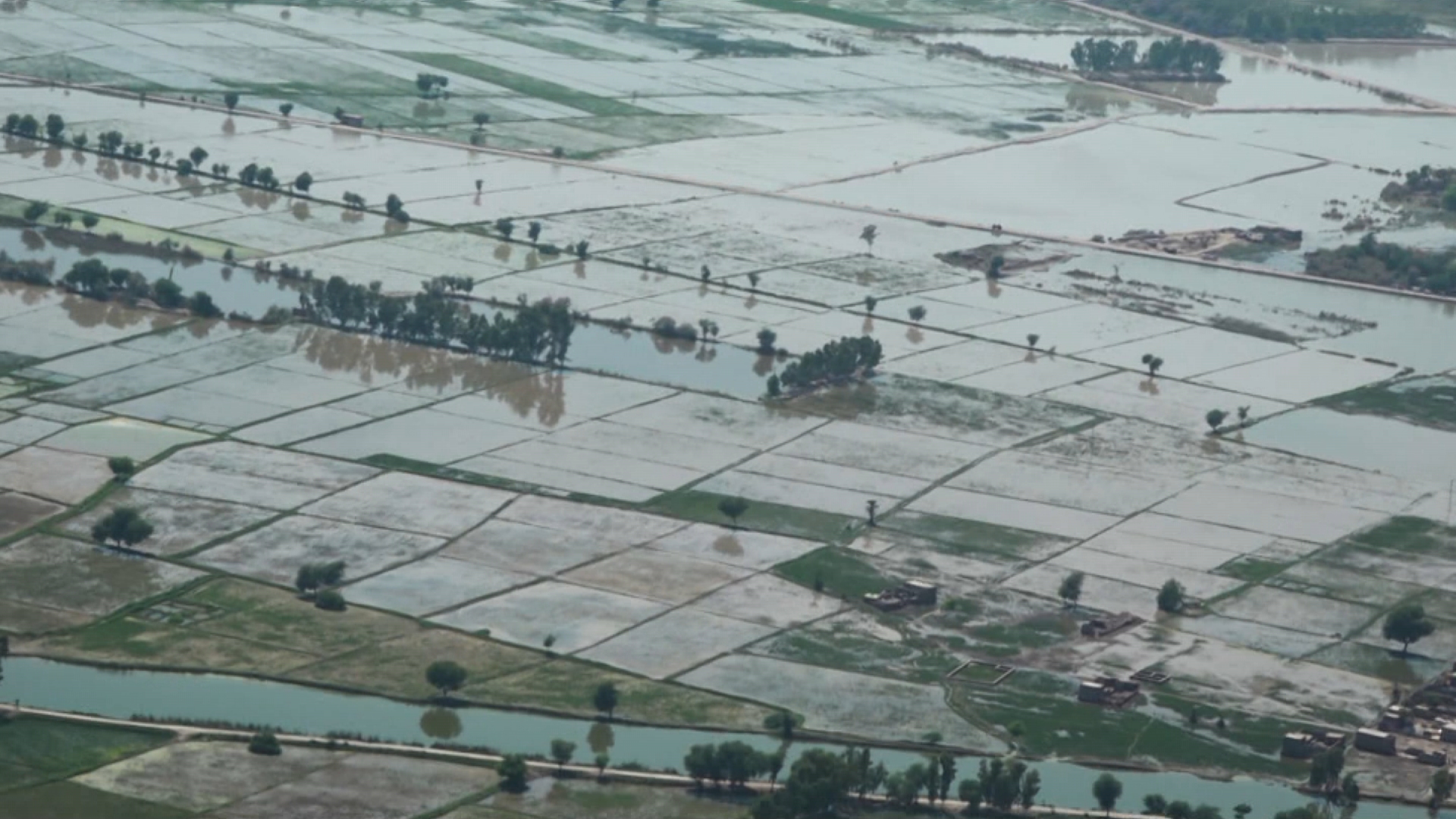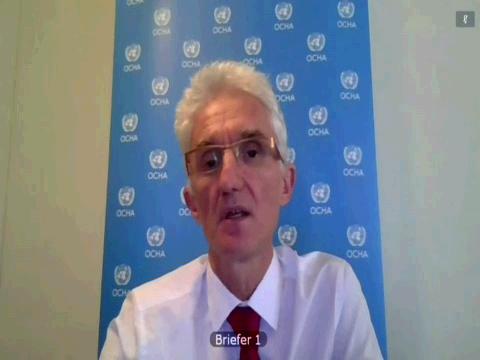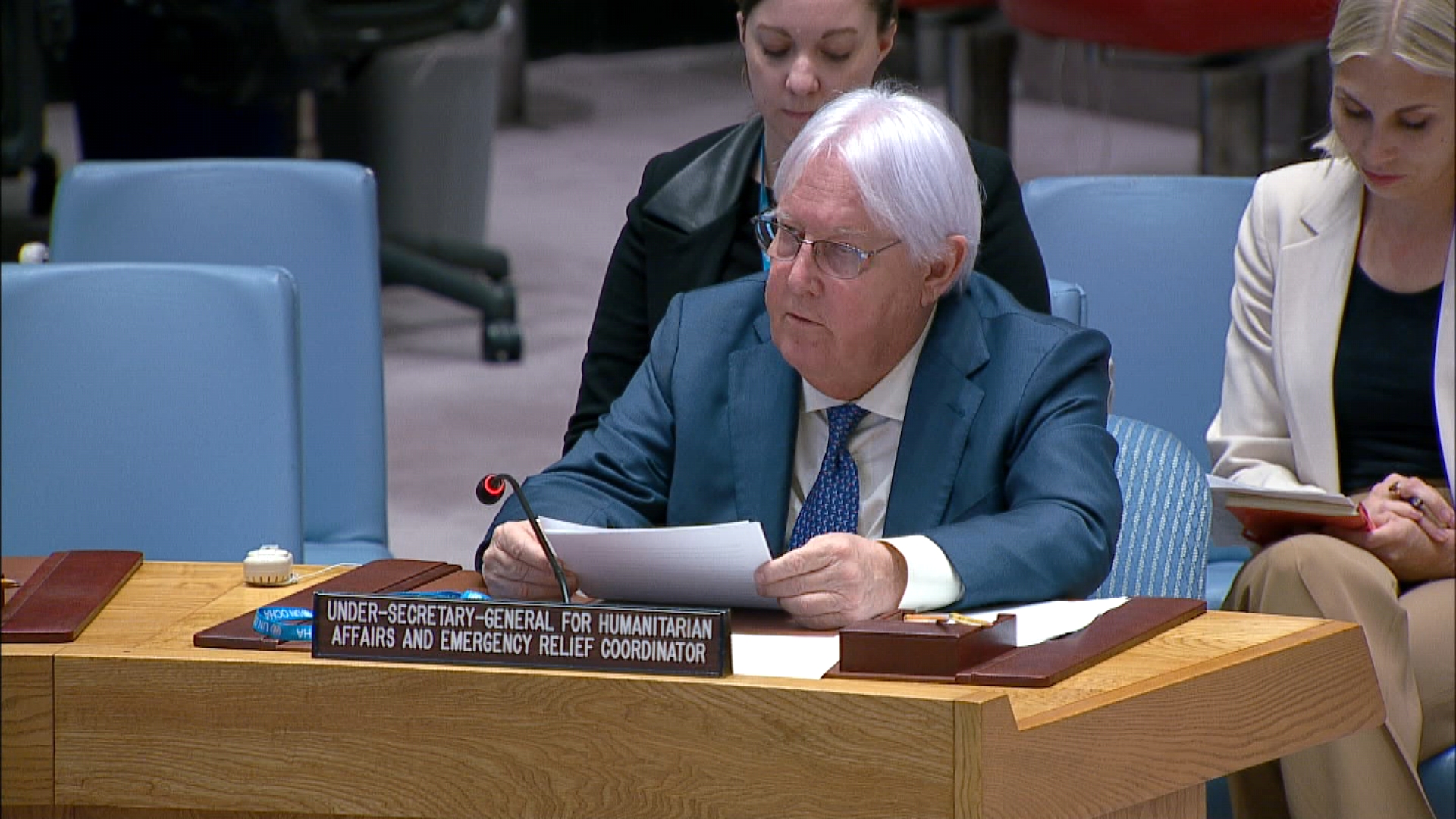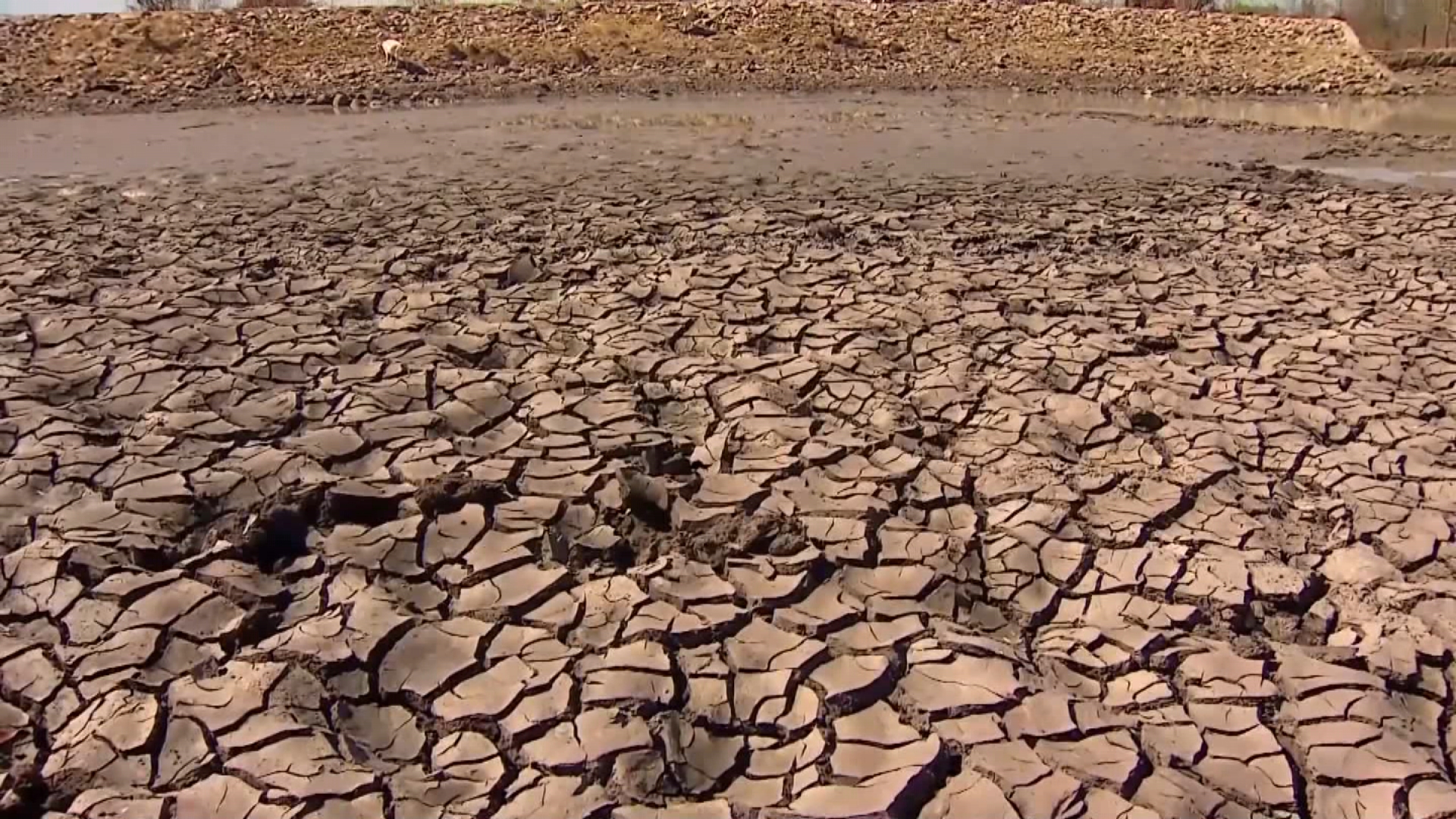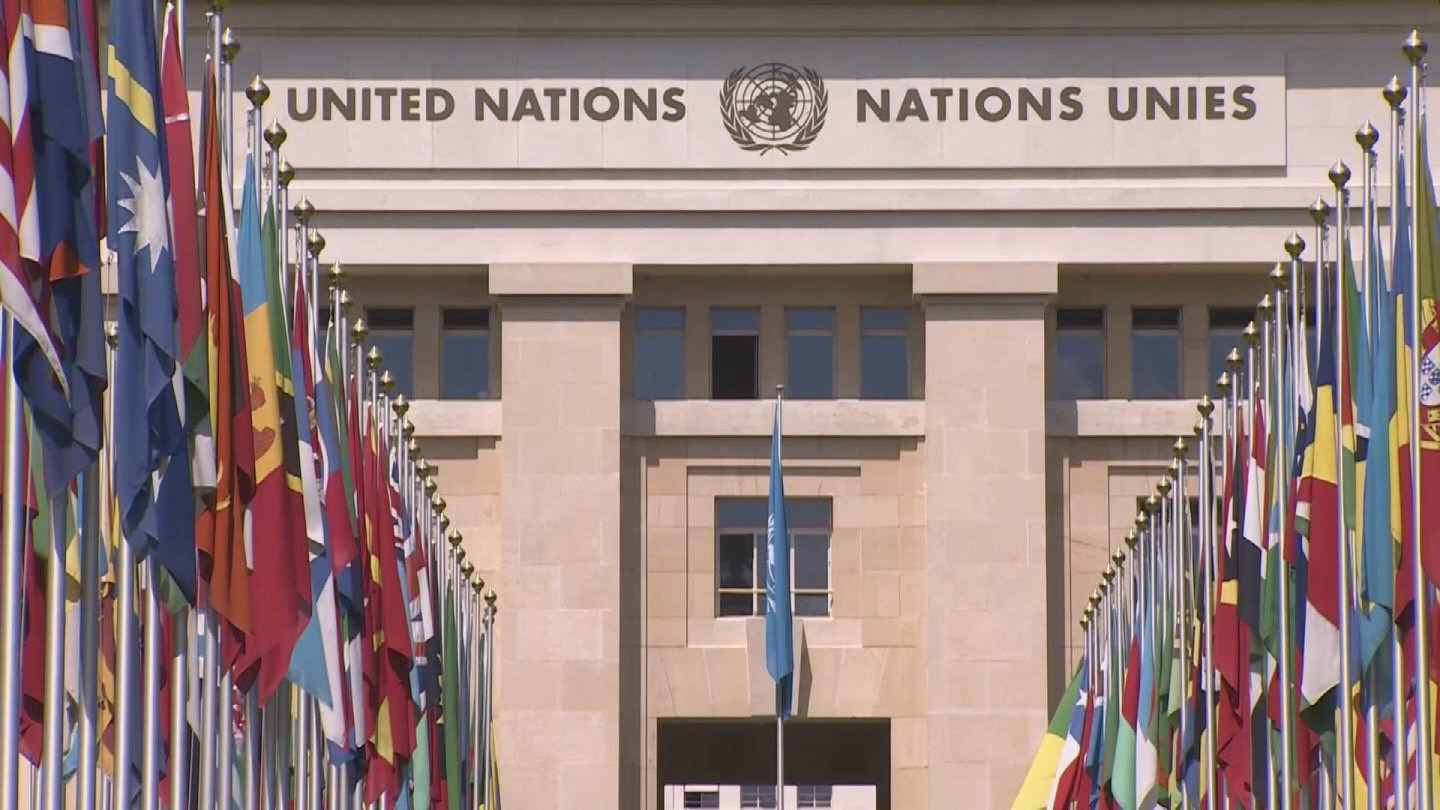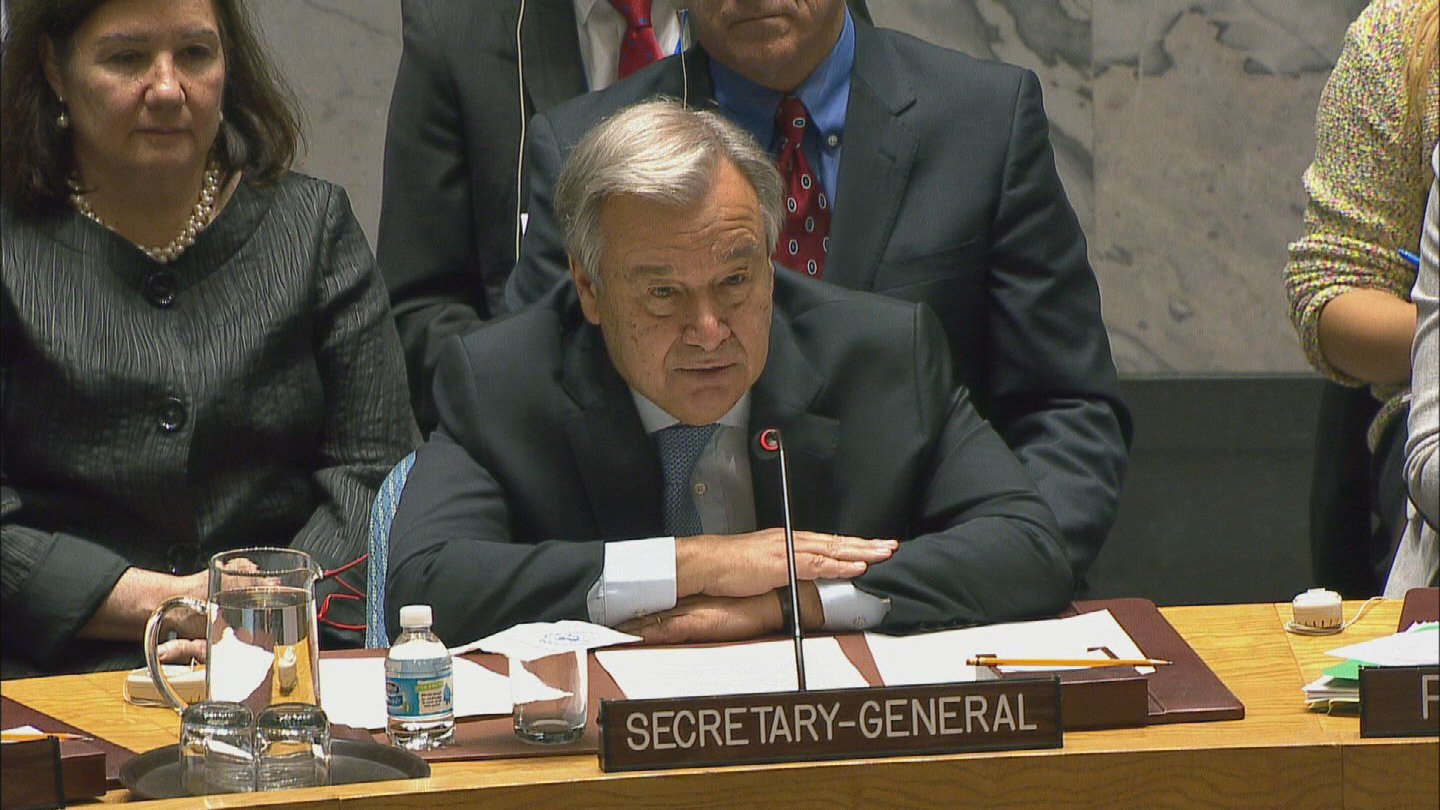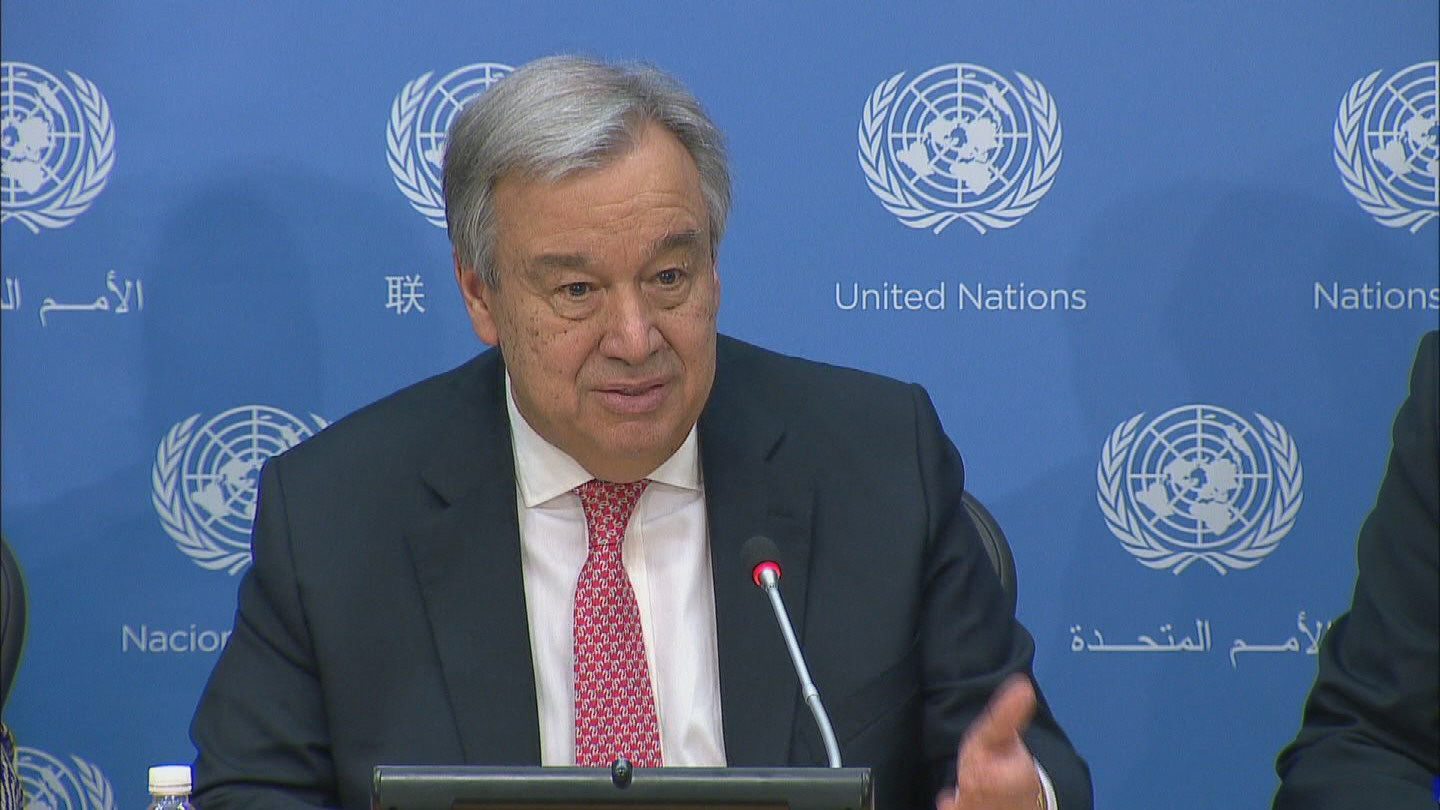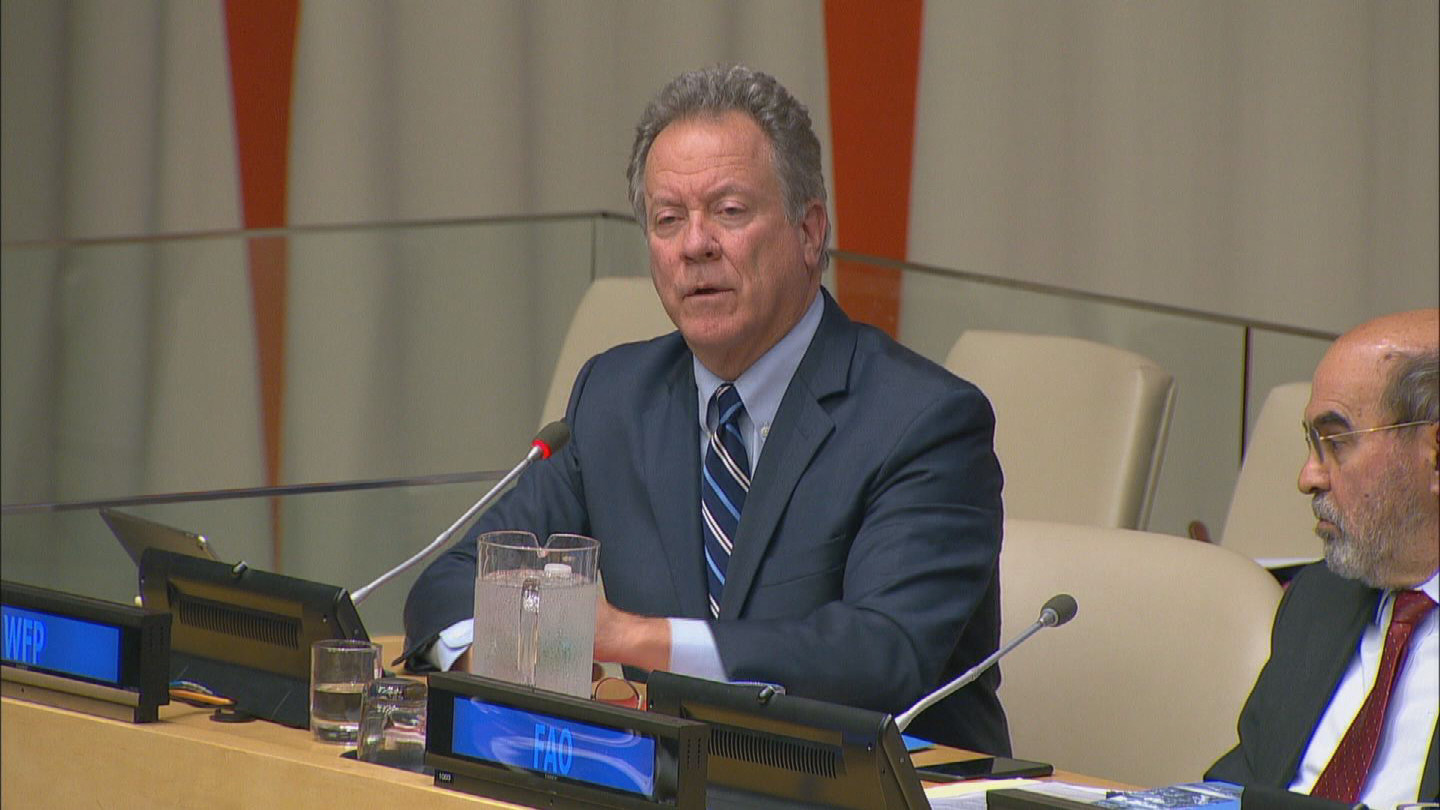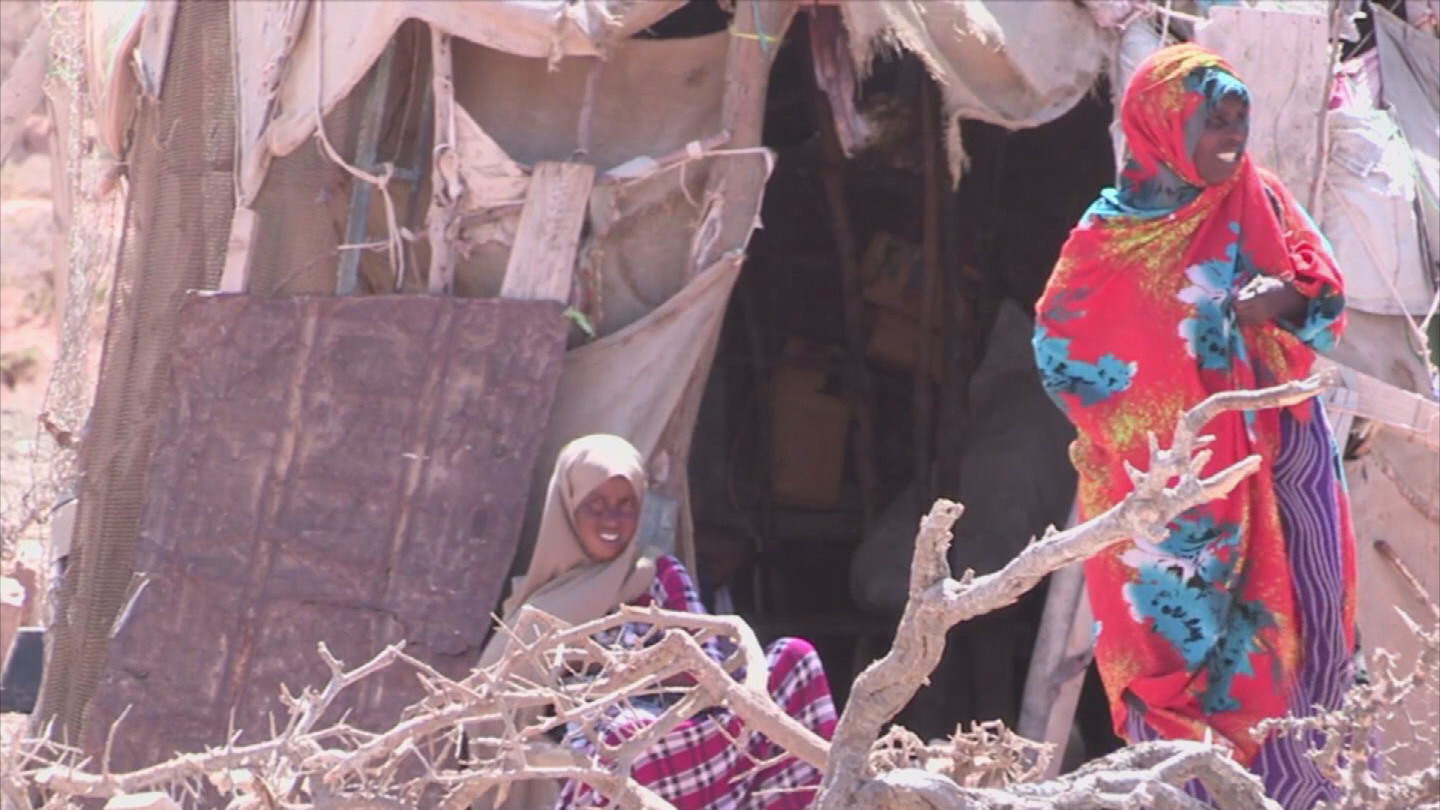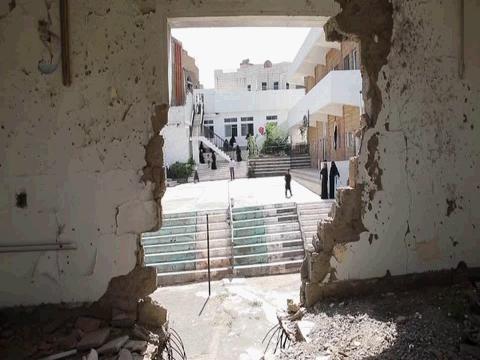ROME / FAMINE FAO WFP
Download
There is no media available to download.
Share
STORY: ROME / FAMINE FAO WFP
TRT: 02:55
SOURCE: FAO
RESTRICTIONS: NONE
LANGUAGE: ENGLISH / NATS
DATELINE: 28 APRIL 2017, ROME, ITALY
1. Pan right, from audience to dais
2. Med shot, audience
3. SOUNDBITE (English) José Graziano da Silva, Director-General, Food and Agriculture Organization (FAO):
“When we declare famine, it is because people are already dying of hunger, it’s not that they will die, they’re already dying.”
4. Wide shot, audience
5. SOUNDBITE (English) José Graziano da Silva, Director-General, Food and Agriculture Organization (FAO):
“The latest IPC (Integrated Food Security Phase Classification) numbers show that nearly 30 million people are in severe acute food insecurity, the last stage before famine. 20 million of them are on the brink of famine, or are already in famine. And this is happening less than two years after all countries got together and committed to eradicate hunger by 2030.”
6. Wide shot, conference hall with David Beasley on video conference screen
7. SOUNDBITE (English) David Beasley, Executive-Director, World Food Programme (WFP):
“We are talking about children dying every six to ten minutes in Yemen alone. So, every six to ten minutes, we need to put a face to a child that’s dying because we’re not getting the job done, as humanitarians around the world. The world needs to know the problem, how severe it is. And these are conflicts that are man-made. Between FAO and World Food Programme and other humanitarian agencies, we have the strength, the structure, the logistical capacity, the technology, to get the job done. What we need, are resources, or an end of the conflicts. In the four countries that we are talking about, 30 million people are in need, and we are only reaching 8.4 million of them.”
2016, SOMALIA
8. Wide shot, dry land
9. Various shots, beneficiaries of FAO cash-for-work project working in the fields
10. Med shot, dead cattle
11. Various shots, women and children
APRIL 2017, YEMEN
12. Med shot, FAO staff talking to beneficiaries of dairy project
13. Close up, beneficiary
14. Wide shot, man putting feed blocks in a rope in farm
15. Close up, cow licking feed blocks
16. Wide shot, village
17. Med shot, woman and child
18. Various shots, beneficiaries of FAO dairy project in action
19. Med shot, child drinking milk
The world is facing one of the largest food crises in decades, with 30 million people in four countries — north-eastern Nigeria, Somalia, South Sudan and Yemen — severely food insecure, many on the brink of famine.
Famine has already been declared in parts of South Sudan, where 100,000 people are at risk, and more than 5.5 million people will not have any reliable source of food by July.
Speaking at the Food and Agriculture Organization’s (FAO) Headquarters in Rome, Director-General José Graziano da Silva said “when we declare famine, it is because people are already dying of hunger, it’s not that they will die, they’re already dying.”
Graziano da Silva said “the latest IPC (Integrated Food Security Phase Classification) numbers show that nearly 30 million people are in severe acute food insecurity, the last stage before famine. 20 million of them are on the brink of famine, or are already in famine. And this is happening less than two years after all countries got together and committed to eradicate hunger by 2030.”
These four major food crises are largely driven by protracted conflict, exacerbated by the effects of extreme climate events. In South Sudan, for example, the famine being experienced in parts of Unity State is directly related to the effects of conflict. In Somalia, decades of conflict and instability have heightened vulnerability and undermined people’s capacity to cope with extreme climate events, like the current drought.
Speaking via teleconference from Geneva, the World Food Programme’s (WFP) Executive-Director David Beasley said “we are talking about children dying every six to ten minutes in Yemen alone. So, every six to ten minutes, we need to put a face to a child that’s dying because we’re not getting the job done, as humanitarians around the world. The world needs to know the problem, how severe it is. And these are conflicts that are man-made. Between FAO and World Food Programme and other humanitarian agencies, we have the strength, the structure, the logistical capacity, the technology, to get the job done. What we need, are resources, or an end of the conflicts. In the four countries that we are talking about, 30 million people are in need, and we are only reaching 8.4 million of them.”
Conflict and drought are forcing people to abandon their homes and their lands. As agricultural seasons are repeatedly missed and livelihoods abandoned, the humanitarian caseload builds and the number of people on the brink of famine rises. With approximately 80 percent of the affected populations relying on agriculture for their livelihoods, we must invest now in pulling people back from the brink – agriculture can no longer be an afterthought.
A combination of food assistance and food production support is the only way to make any dent in the scale of hunger we are witnessing in these four countries. FAO and WFP are working very closely to ensure that emergency food assistance is linked to agricultural support as much as possible to save lives, protect livelihoods and build resilience.
